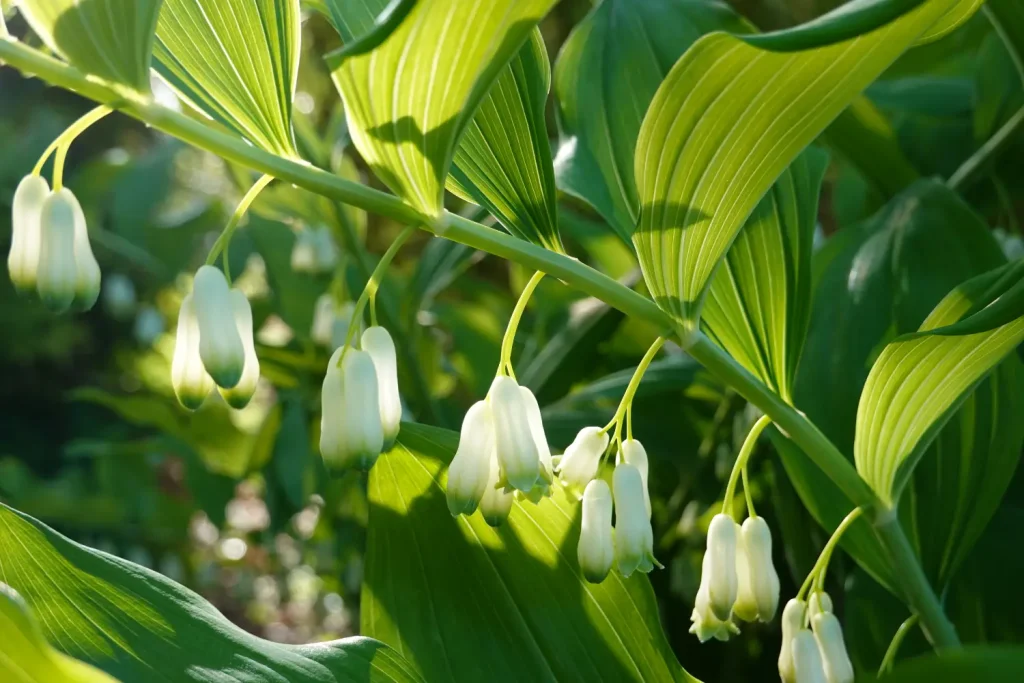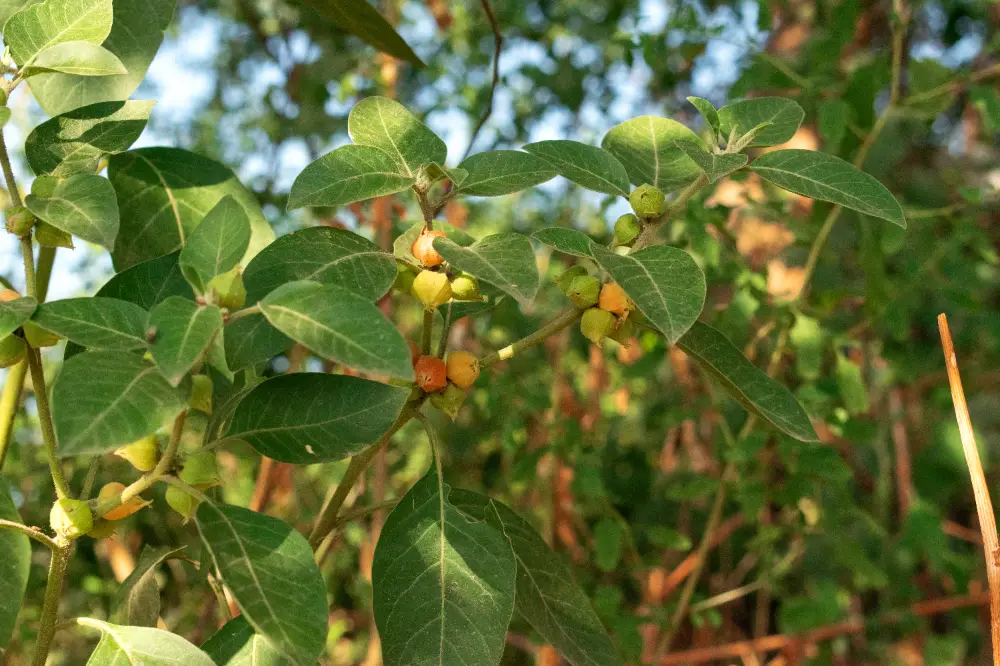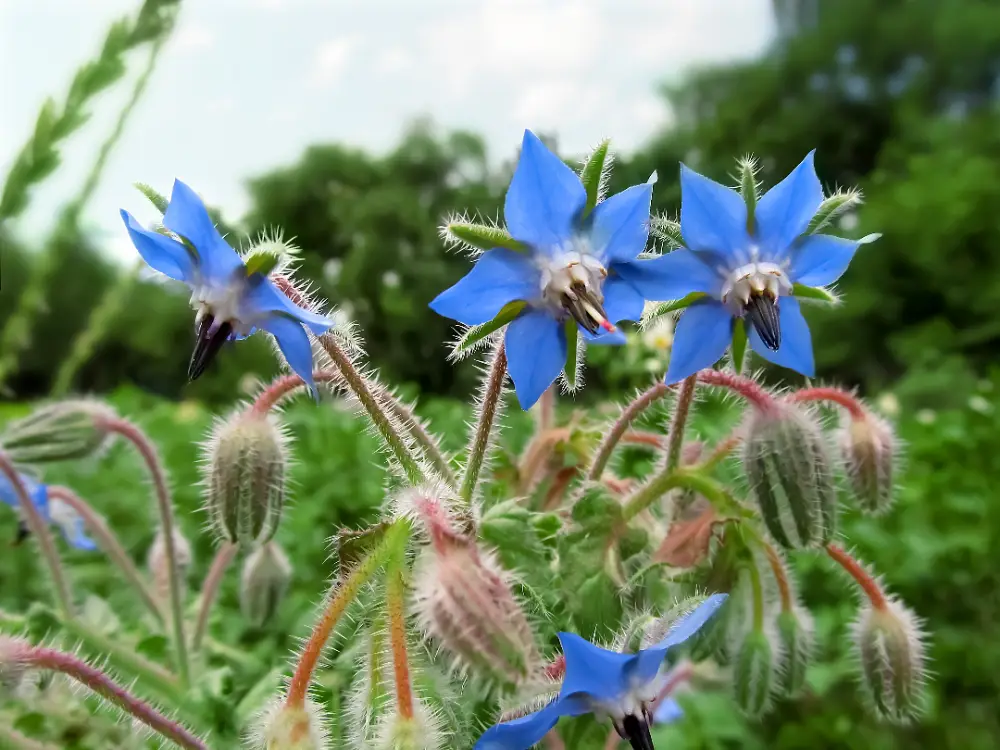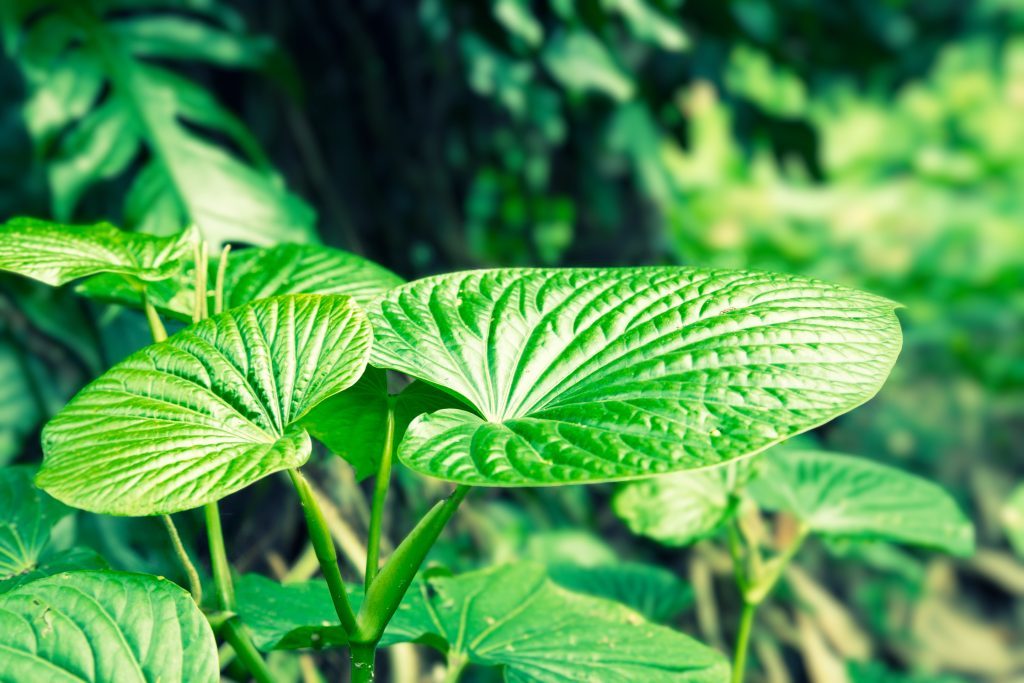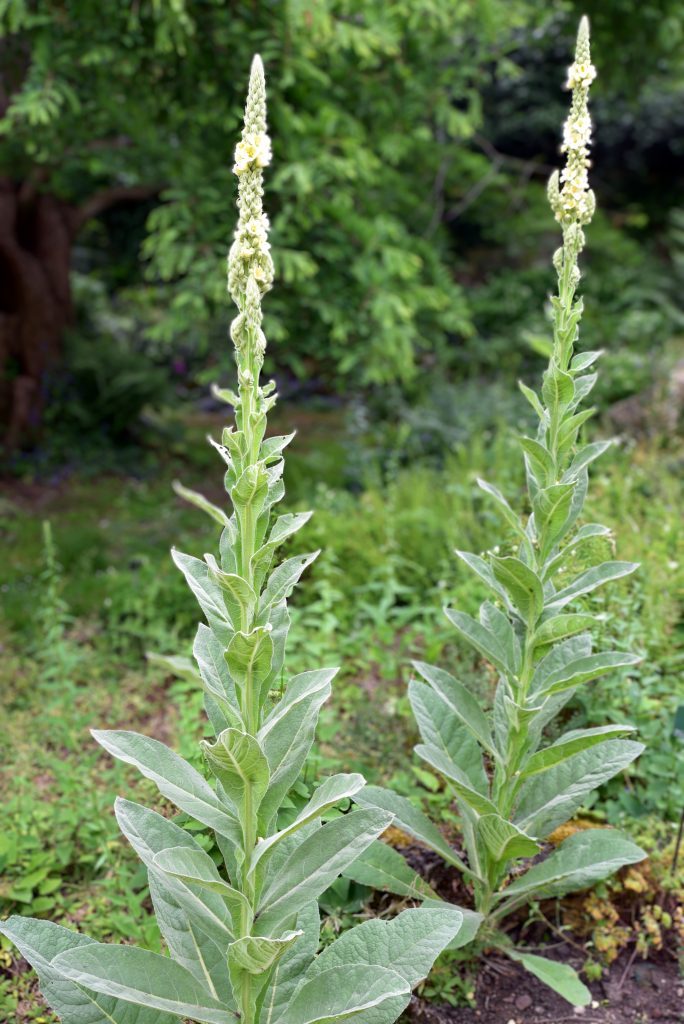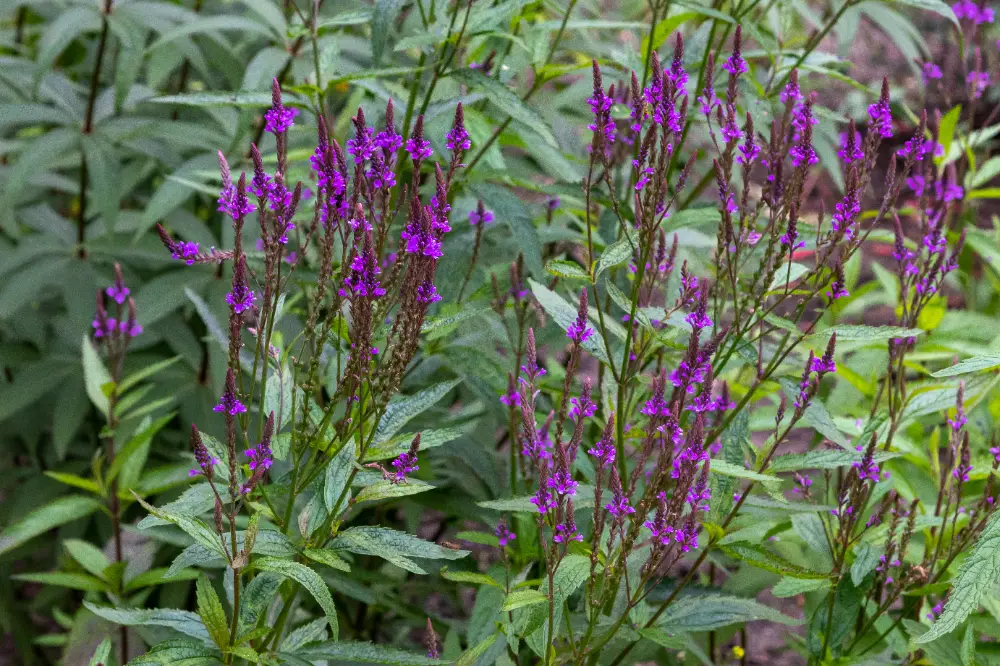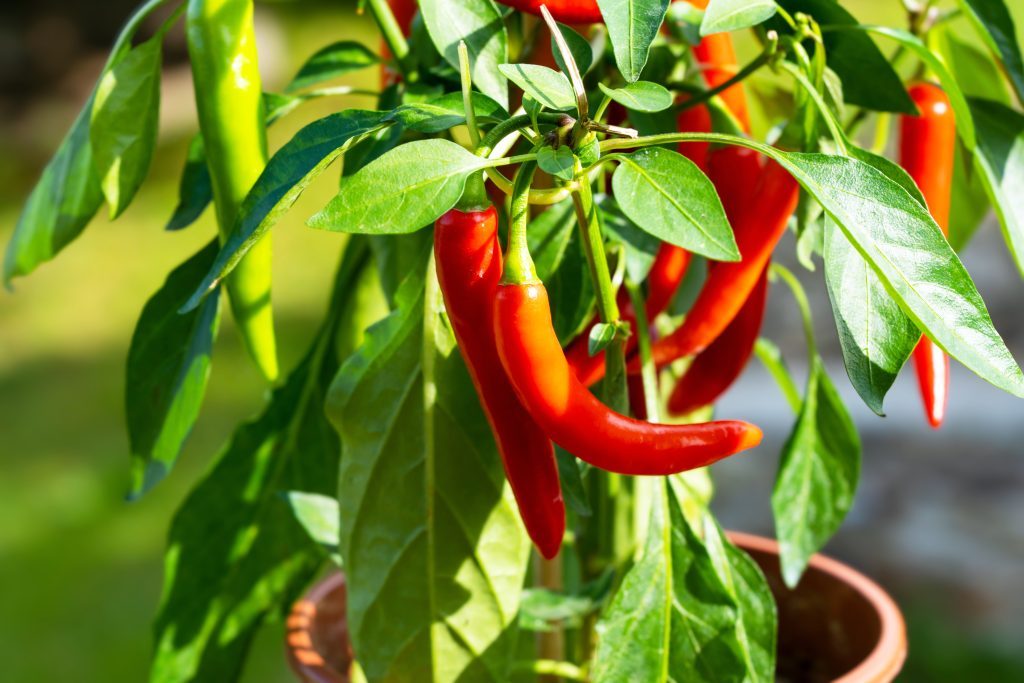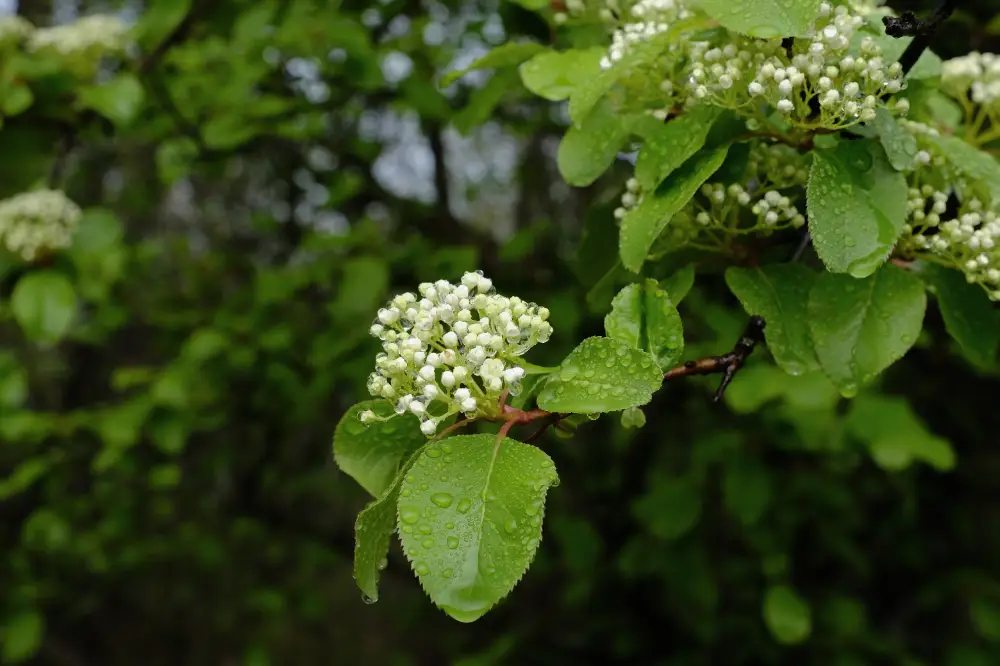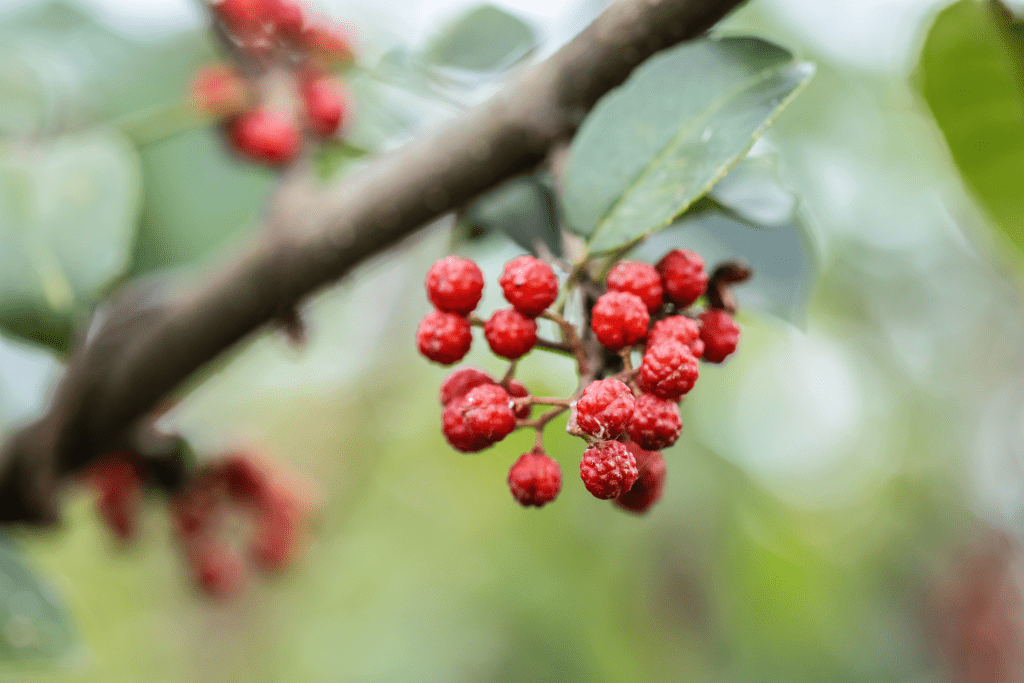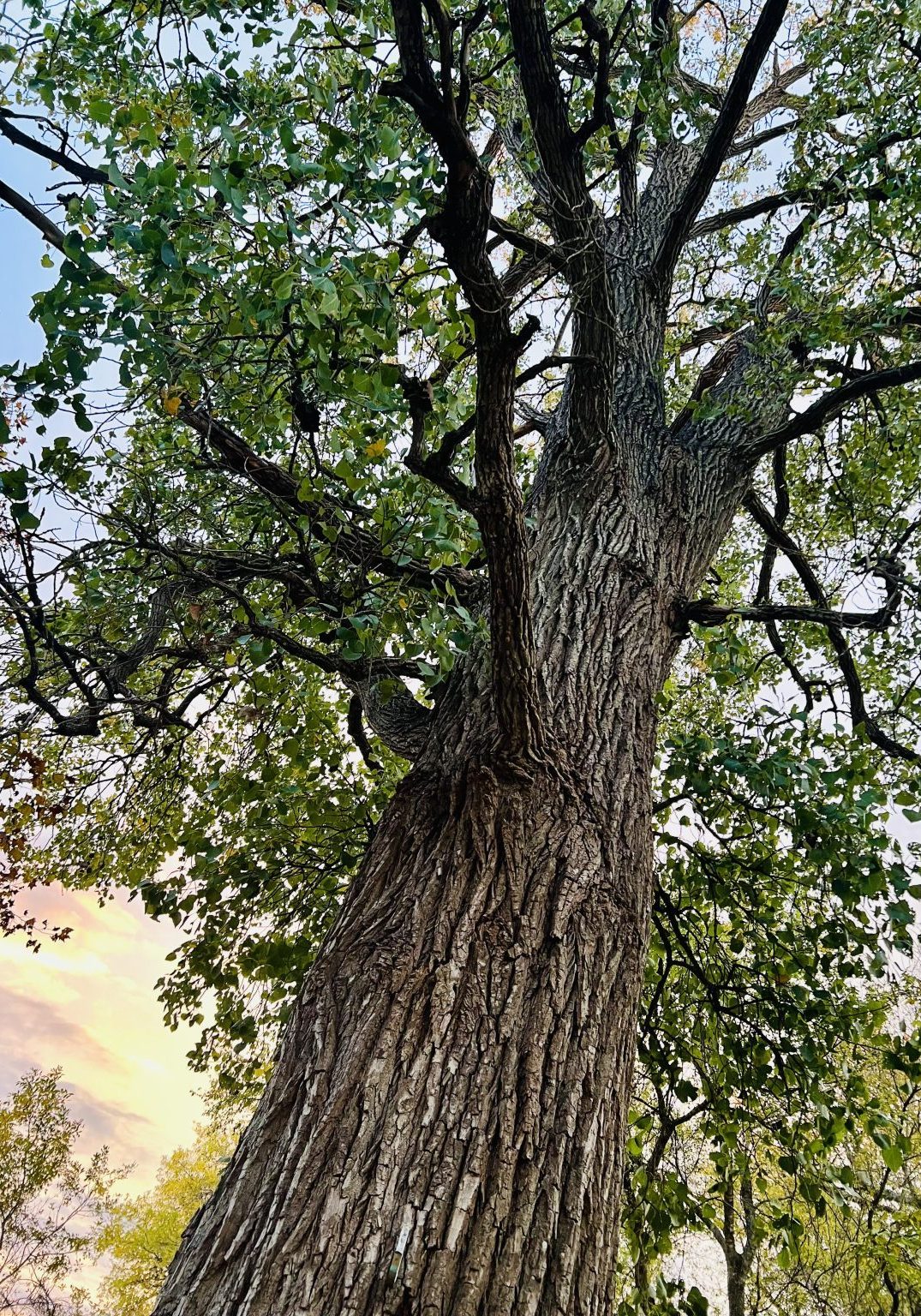
Cottonwood
Populus spp.
Salicaceae (Willow Family)
Nature’s aromatic healer, known for its resinous buds that soothe skin, reduce inflammation, and offer comforting relief through balms and salves.
Other names:
Balm of Gilead, Tacamahac, Balm Poplar, Cottonwood, Western Balsam Poplar, Heartleaf Balsam Poplar.
Superpower
Balsam Poplar’s superpower lies in its resinous buds, which contain potent compounds that make them highly effective for soothing inflammation, healing wounds, and providing pain relief.
Uses
Traditional Uses:
For centuries, Indigenous peoples of North America used balsam poplar for its medicinal properties. The resinous buds were a key ingredient in making balms and salves for treating wounds, inflammation, burns, and skin irritations. Known as “Balm of Gilead”, these preparations were also used to soothe coughs and respiratory issues by rubbing the balm on the chest or inhaling the resin’s vapors. The inner bark was sometimes used as a poultice for pain relief or brewed into a tea to help with digestive ailments.
Balsam poplar was also used as a remedy for rheumatic pain and arthritis due to its anti-inflammatory properties, and it served as a mild analgesic for treating various aches and pains.
Current Uses:
Today, balsam poplar is still widely used in natural medicine, primarily in topical applications. Its buds are harvested for their anti-inflammatory, antiseptic, and analgesic properties, making them popular in salves, creams, and balms for treating muscle soreness, joint pain, and wounds.
The resin is also recognized for its ability to support respiratory health by easing congestion and acting as a gentle expectorant. In modern herbalism, balsam poplar is used to make oils or tinctures that provide pain relief for conditions like arthritis, sprains, and bruises. Additionally, the resin’s antimicrobial properties make it valuable in promoting skin healing and preventing infection in minor cuts and abrasions.
Cautions
In general, balsam poplar is safe for topical use, but individuals with sensitivity to salicylates, those pregnant or breastfeeding, and those on blood-thinning medications should exercise caution.
Pregnancy and Breastfeeding:
No information on the safety of balsam poplar in pregnancy or lactation was identified in the scientific or traditional literature.
Known Chemical Constituents
Resins:
The resinous buds of balsam poplar are rich in balsamic resins that contain healing and anti-inflammatory properties. These resins are responsible for the plant’s aromatic, soothing qualities and are used in making balms and salves.
Salicin:
A compound similar to aspirin, salicin has anti-inflammatory and analgesic properties, contributing to balsam poplar’s effectiveness in treating pain, swelling, and fevers. Salicin is a key active ingredient in the treatment of aches, pains, and rheumatism.
Volatile Oils:
- Benzyl Benzoate: Found in the buds, this compound provides antimicrobial and anti-inflammatory benefits.
- Cinnamic Acid: Known for its antioxidant and antimicrobial properties.
Flavonoids:
- Quercetin and Kaempferol: Powerful antioxidants that help reduce oxidative stress and inflammation, supporting overall skin health and immune function.
Tannins:
These compounds provide astringent properties, which help to tighten tissues and reduce inflammation, making balsam poplar effective in wound healing and skin care.
Phenolic Glycosides:
- Populoside and Salicortin: Contribute to balsam poplar’s anti-inflammatory and pain-relieving properties, and are key in treating conditions such as rheumatism and arthritis.
Balsamic Acids:
Present in the resin, these acids are responsible for the soothing aroma and are used to promote respiratory health, especially for clearing congestion and supporting lung function.
Chlorogenic Acid:
Acts as an antioxidant and helps protect the skin and body from oxidative damage, further promoting the healing process.
Botanical Description
Growth Habit:
Balsam poplar is a deciduous tree that can grow up to 25–30 meters (about 80–100 feet) in height, with a broad, spreading crown. It is fast-growing and commonly found in riparian zones, such as along rivers and streams.
Leaves:
The leaves are ovate to heart-shaped with finely serrated edges, measuring about 6–12 cm in length. The upper surface of the leaves is dark green and shiny, while the undersides are paler with a slightly silvery tone. In autumn, the leaves turn a bright yellow before they fall.
Buds:
The resinous buds of balsam poplar are one of its defining features. They are pointed, sticky, and highly fragrant, emitting a strong, balsamic aroma due to the resin that coats them. The buds are often used in traditional medicines to make balms and salves.
Bark:
The bark is gray and smooth in younger trees, but becomes rougher and furrowed as the tree ages. The inner bark has been used historically as a medicinal resource by Indigenous peoples.
Flowers:
Balsam poplar is a dioecious species, meaning individual trees are either male or female. It produces catkins in early spring before the leaves emerge. Male catkins are reddish, while female catkins are greenish and produce fluffy seeds that are dispersed by the wind.
Roots:
The root system is extensive and shallow, often growing near water sources. This allows the tree to stabilize riverbanks and prevent soil erosion.
Habitat:
Balsam poplar thrives in moist soils, especially along rivers, floodplains, and wetlands. It is native to North America, particularly in the northern regions and across Canada, where it is commonly found in boreal forests.
Fun Facts
Native American tribes used the buds and bark for a variety of medicinal purposes, including pain relief and wound healing.
Balsam Poplar trees can live for up to 200 years and play an important role in riparian ecosystems.
The fragrant resin of balsam poplar, often referred to as “Balm of Gilead”, was historically used to mummify bodies in ancient Egypt. The resin’s preservative and antimicrobial properties made it ideal for embalming. Even today, its resinous buds are cherished for their sweet, balsamic aroma, often used in making perfumes and incense.
Parts Used
- Buds: The resinous buds are the most commonly used part of balsam poplar, valued for their anti-inflammatory, analgesic, and antiseptic properties. They are harvested in early spring and used in infused oils, salves, and tinctures for external applications.
- Inner Bark: The inner bark can be used for its astringent and healing properties. It is less commonly harvested but can be made into a decoction or tincture for topical use on wounds or skin issues.
- Leaves: Occasionally, the leaves are used in herbal preparations, especially for poultices. They are not as potent as the buds but can still provide soothing and anti-inflammatory benefits.
The primary medicinal focus is on the buds due to their high content of resins and active compounds.
Harvest
Best Time to Harvest:
The optimal time to harvest balsam poplar buds is in early spring, just before the buds begin to open. This is when the buds are at their most resinous and contain the highest concentration of medicinal properties. You may find that on a warm day, the buds become sticky, releasing their signature balsamic aroma.
Harvest Method:
- Buds: Harvest by gently pinching or clipping the sticky buds from the branches. Be mindful to avoid over-harvesting from a single tree to ensure continued growth and sustainability. Leave some buds to allow the tree to thrive and produce seeds.
- Bark: The inner bark can also be harvested, though this is less common. If harvesting the bark, it is recommended to collect from fallen branches to avoid harming the tree. Bark is typically harvested in late winter or early spring before the tree’s growth cycle resumes.
Processing:
Once harvested, the buds can be used fresh or dried. To dry the buds, spread them out in a cool, dry place with good air circulation. Once dried, store them in an airtight container away from direct light to preserve their medicinal properties.
Preparations
- Infused Oil:
The resinous buds of balsam poplar are infused in oil (such as olive or coconut oil) to create a soothing oil that can be applied to sore muscles, joints, and wounds. This infused oil serves as the base for balms and salves. - Salves and Balms:
Balsam poplar resin is often mixed with beeswax and other herbs to create healing salves and balms. These are used to treat skin irritations, cuts, burns, bruises, and joint pain. - Tincture:
The buds can be soaked in alcohol to make a tincture, used topically to relieve muscle aches and inflammation. In some traditional uses, tinctures are also used to help alleviate respiratory issues through chest rubs. - Poultice:
The crushed buds or bark can be used in a poultice, applied directly to the skin for inflammation, wounds, and pain relief.
Sacred Rituals
The buds, known for their ability to soothe and heal physical wounds, are symbolically used to heal emotional wounds and promote spiritual restoration. Salves and oils made from balsam poplar resin were applied in rituals to anoint the body, marking transitions from periods of pain or loss to renewal and rebirth. This reflects the tree’s connection to regeneration and the cyclical nature of life.
Affirmations
“I stand strong like the Cottonwood, resilient and enduring through all of life’s challenges. With nature’s wisdom, I heal, grow, and thrive, empowered by the strength within me.”
Spiritual Associations
Balsam poplar is viewed as a teacher of resilience, showing how nature heals and regenerates despite challenges. In spiritual rituals, it can be called upon to help individuals heal from adversity and restore a sense of inner peace and balance.
Functions
An analgesic is a substance that relieves pain by reducing the perception of pain signals or alleviating discomfort without causing a loss of consciousness.
Anti-inflammatoryA substance or agent that reduces inflammation in the body, soothing irritation, swelling, or redness in tissues.
Antiseptic
A substance or agent that prevents the growth of or destroys microorganisms on living tissues, reducing the risk of infection.
AstringentA substance or agent that causes contraction or tightening of tissues, often reducing secretions or bleeding.
Expectorant (clears mucus)Respiratory Health
Refers to the optimal functioning of the lungs and airways, enabling efficient breathing and the exchange of oxygen and carbon dioxide.
Skin, Hair & Nail HealthRefer to a variety of disorders or irritations affecting the skin, including rashes, dryness, inflammation, infections, or chronic issues like eczema and psoriasis.


